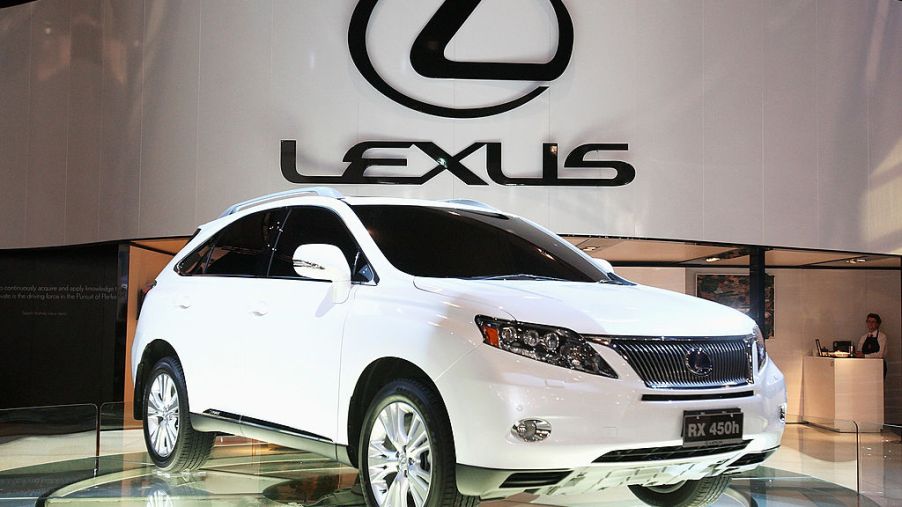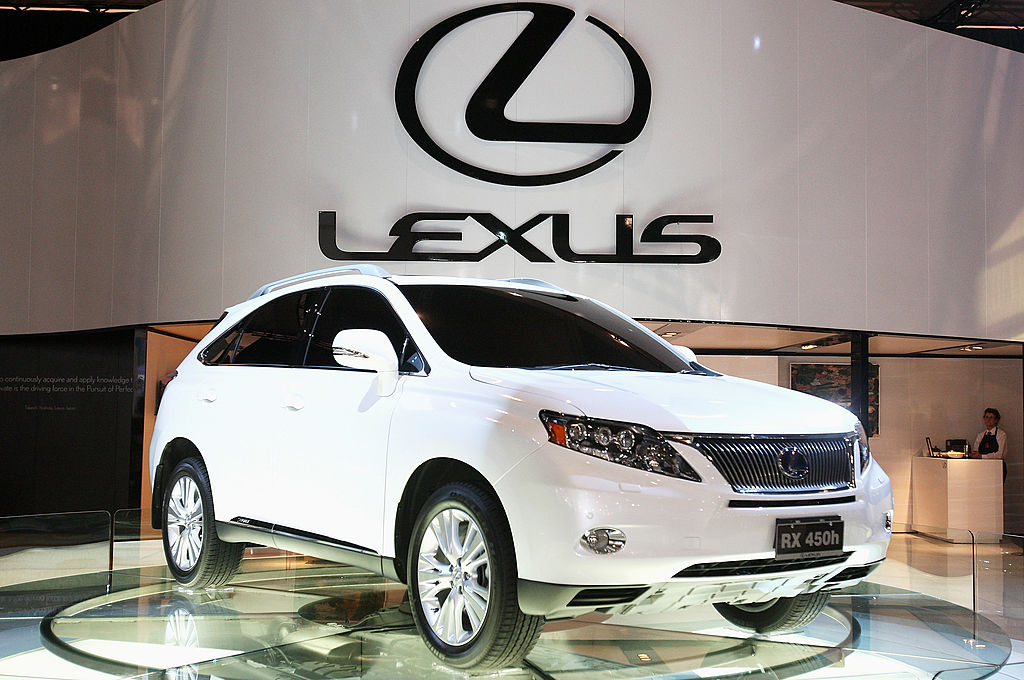
The Lexus RX Has One Dangerous Drawback You Should Be Aware Of
Around since 1999, the Lexus RX is now in its fourth generation and is Lexus’s best-selling model. The 2020 model year has been reviewed well by Consumer Reports, with one dangerous exception. Here’s a look at the vehicle and the concerns that have been raised about it.

2020 Lexus RX
The 2020 Lexus RX has received a minor exterior update plus an update to the infotainment system. Otherwise, there have been slight changes to the structure and suspension.
Car and Driver call the 2020 Lexus RX “comfortable and stylish.” It comes with either two rows or, in the L model, three rows. A 3.5-liter V-6 engine is standard, but a hybrid powertrain with a V-6 and two electric motors is also available.
Car and Driver found the handling to be “clumsy” and the acceleration performance to be “mediocre.” In addition, the infotainment system controls are “frustrating.”
Consumer Reports review of the Lexus RX
Consumer Reports surveys its members to ask about any vehicle problems they may have had in the past 12 months in 17 different categories. New vehicles get a predicted reliability based on recent history.
Consumer Reports gave the 2020 Lexus RX an overall score of 80 and ranked it number five out of 31 luxury midsize SUVs. Similar vehicles were scored between 51 and 88.
The RX’s road test score is 77 out of 100. The road test found the SUV has a soft suspension but also a comfortable, quiet ride. Its predicted reliability rating is four out of five, with only in-car electronics not getting the highest mark.
Its predicted owner satisfaction is also four out of five. It’s expected to have high marks for driving experience, comfort, and styling, but value is somewhat lower. The lowest scores received were for emergency handling, with a two out of five. Obviously, this is an alarming category to perform poorly on.
How emergency handling is tested
As part of their road testing, Consumer Reports determines an emergency handling rating by performing an avoidance maneuver as well as several cornering assessments on a snaking track.
For the avoidance maneuver, the vehicle follows a path, making a series of quick left-right-left sequences to simulate avoiding road obstacles. The vehicle repeats the test, increasing the speed and without using the brakes, until it hits cones. The car’s speed is measured using a laser beam connected to a computer. A low score here could be an indicator of a safety hazard.
Low score for emergency handling
The Lexus RX received mostly threes, fours, and fives out of five across the various Consumer Reports categories, but it received a two for emergency handling. The maximum speed for avoidance maneuvers in the Lexus RX was 49 MPH.
In their road test, Consumer Reports found the Lexus RX’s handling wasn’t very agile. The steering doesn’t give much feedback, and the body had a lot of lean on corners. It does have a “well-tuned” stability control, so the SUV did keep its chosen line as long as speed was reduced.
The handling affected the results of the avoidance maneuver testing. The test driver didn’t feel confident going through the cone-lined course, and the Lexus RX’s max speed through the avoidance maneuvers was less than 50 MPH.
For comparison, the 2020 Audi e-tron had a max avoidance speed of 50 MPH, the 2020 Porsche Cayenne had a max of 50 MPH, and the 2020 BMW X5 had a max of 52 MPH. All received a three out of five rating for emergency handling.
While the 2020 Lexus RX was reviewed well overall by Consumer Reports, keep in mind the lower emergency handling rating if you’re considering purchasing this new vehicle.


